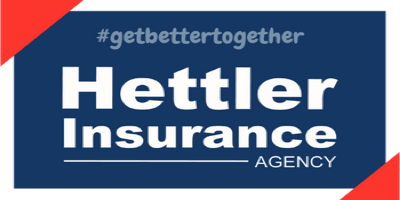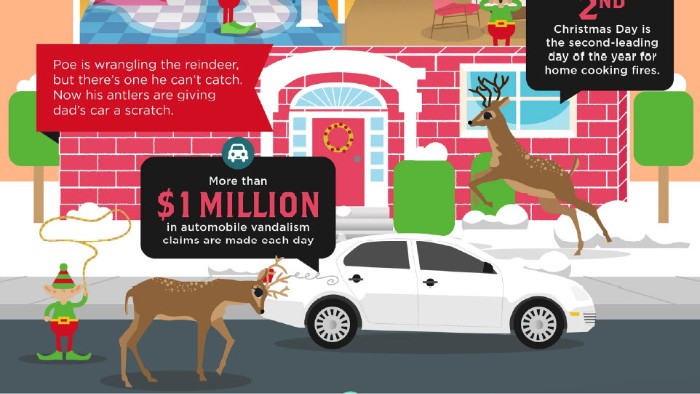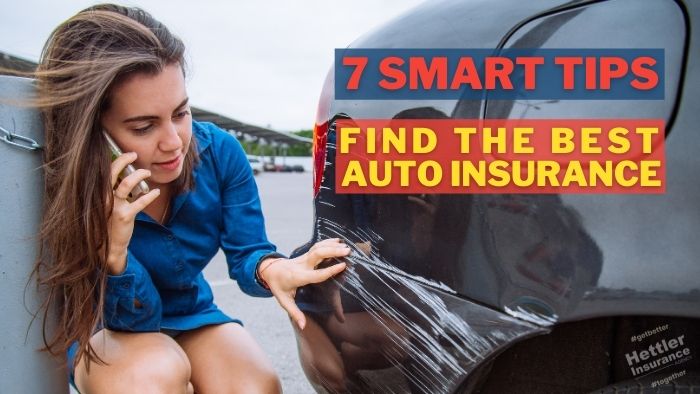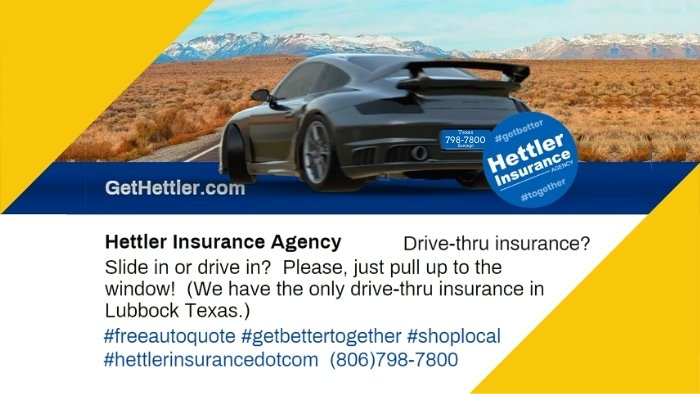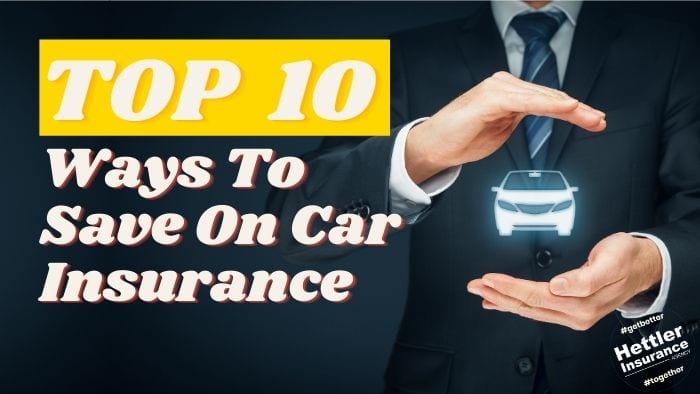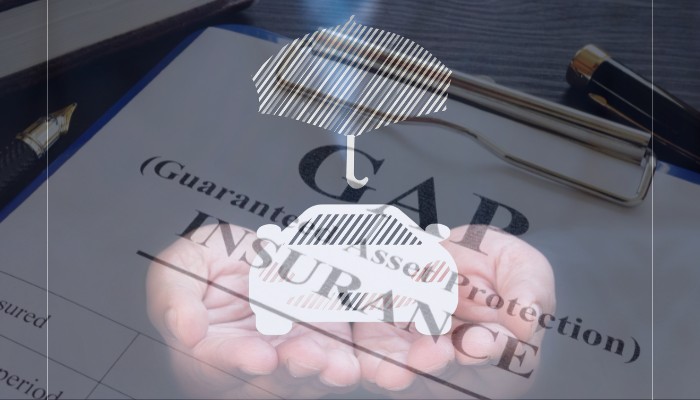
Buy the Gap When a Car is Financed or Leased
No, this isn’t coverage against an ill-planned shopping spree at a certain clothing store in your local mall. In short, gap insurance protects you from owing more than your car is worth in case of a major accident or theft. If your vehicle is stolen, or totaled by an accident or natural disaster, the amount of money you receive from an insurer typically only equals your vehicle’s actual cash value at the time the incident occurs. If you have a new vehicle, this could leave you on the hook for thousands, given the amount you owe on the vehicle does not equal the current cash value.
The solution? Enter gap insurance, which covers the difference between what you owe on the vehicle and the actual cash value. This prevents individuals from making payments on a vehicle that can’t be driven or was stolen. While this sounds like sensible coverage, it gets even better: loan lease insurance, the cheaper yet superior coverage option if you lease or finance a vehicle.
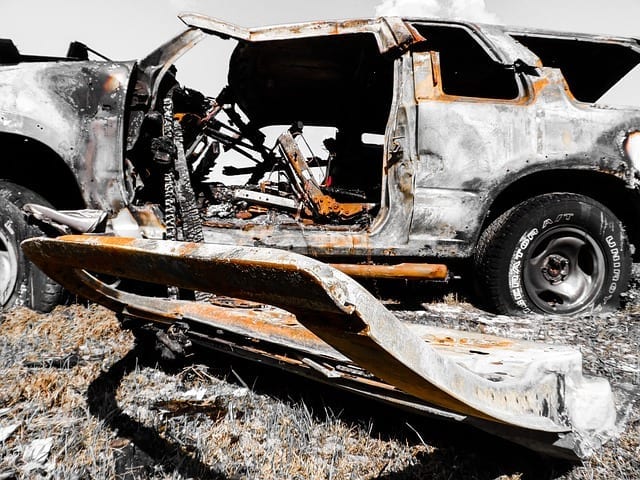
Totaled Truck | Gap Insurance | Hettler Insurance Agency, Lubbock Texas, Call 806-798-7800
Loan Lease Insurance vs Gap Insurance
Loan lease insurance essentially provides coverage beyond your vehicle’s actual cash value. In this way, it’s similar to gap insurance, but there are several important differences to understand.
Gap insurance is often sold by car dealerships and it’s a separate line of coverage. Under Texas law, dealers are allowed to charge up to 5% of the vehicle’s purchase price for gap insurance coverage. This means on a $35,000 vehicle; you could end up paying $1,750 for gap insurance. Meanwhile, loan lease insurance on the same vehicle through your auto insurance carrier can be added when the vehicle is purchased or even later for generally less money. Note that not all carriers offer loan lease coverage.
Unlike gap policies, loan lease insurance generally is limited to paying an additional 25% of the actual cash value of your vehicle. For example, if your vehicle has an actual cash value of $10,000, the loan lease payoff will cover up to an additional $2,500. The 25% coverage may not sound like much, but in many cases, it completely covers the remaining amount owed on a vehicle and your monthly premium is significantly lower than what you might pay for gap insurance through a dealership’s finance department.
And another big advantage? Loan lease insurance doesn’t require two claims, which is the case with gap insurance. If you get in an accident with gap insurance, you have to file once with the gap policy and then a second time with your standard auto policy. Enjoy spending time on extra paperwork? We didn’t think so.
A problem with most gap policies is a general lack of flexibility. Typically, gap insurance must be purchased within 30 days of a new vehicle purchase. It is also only allowed on a vehicle that is new to you. Sometimes these restrictions can make it challenging for buyers. Lastly, the cost of gap insurance for the life of the loan is included in the loan at the loan’s interest rate.
Loan lease coverage, on the other hand, is available for purchase any time you need it on a car, truck or SUV. This gives you plenty of time and freedom to decide whether coverage is necessary for your situation. Additionally, if you’ve purchased gap insurance, you have about 30 days to cancel it and receive a full refund. With loan lease insurance, once you get enough equity in a car, you can drop the endorsement and a standard auto policy can provide protection.
In accordance with the Texas Finance Code, you are not legally required to have gap or loan lease coverage in order to loan or lease a vehicle. However, it’s a smart idea if you want to avoid getting caught upside down (i.e. drivers who have financed or leased their vehicles and owe more money than it’s worth) if your vehicle is totaled.
Ultimately, it’s important to know your options. Speak to a licensed insurance agent today so you can learn more about whether loan lease coverage is right for you. If you’re currently upside down on your vehicle loan or recently leased a new vehicle and your insurance carrier offers loan lease coverage, it’s not too late to add it and protect your family’s financial future should disaster strike.
